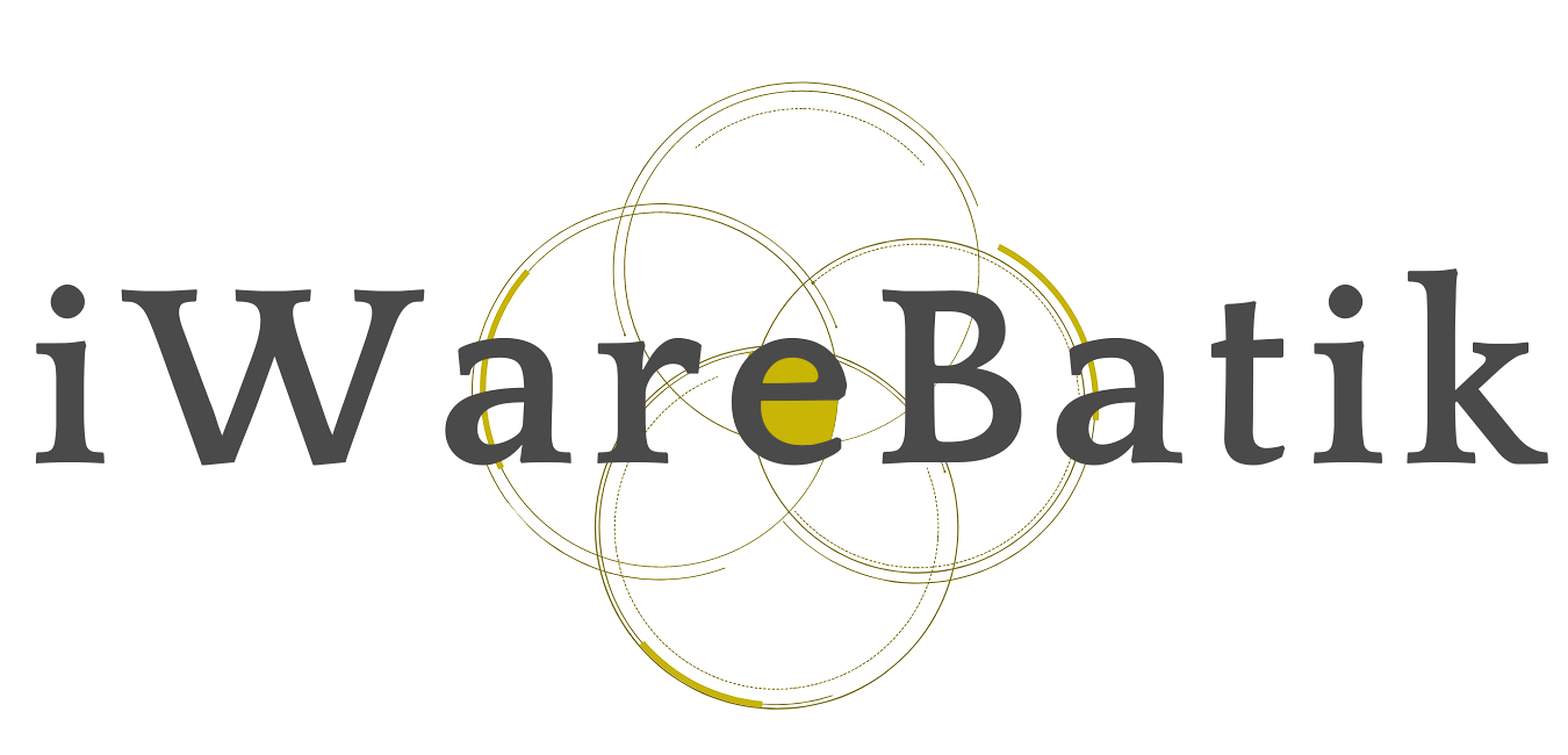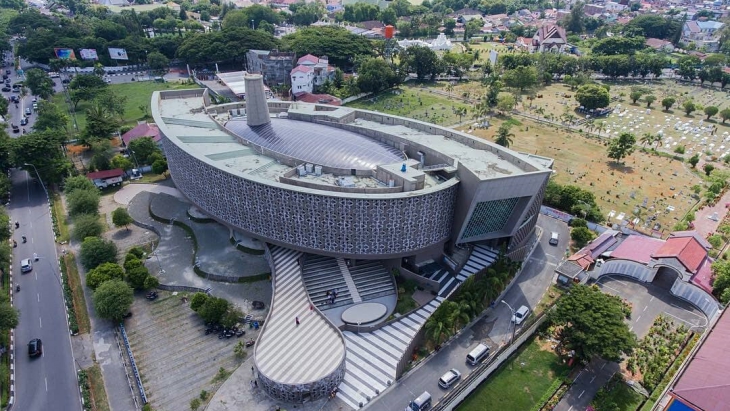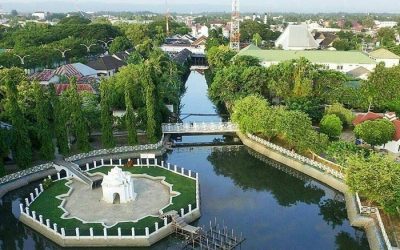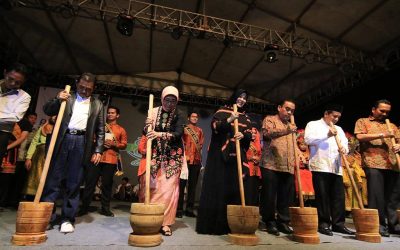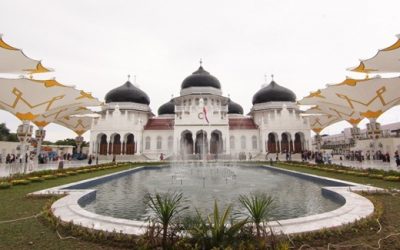Home / Batik Regions – Western Indonesia – Northern Sumatra – Aceh / Aceh Tsunami Museum
Cultural Destination
Embrace the spirit of the place!
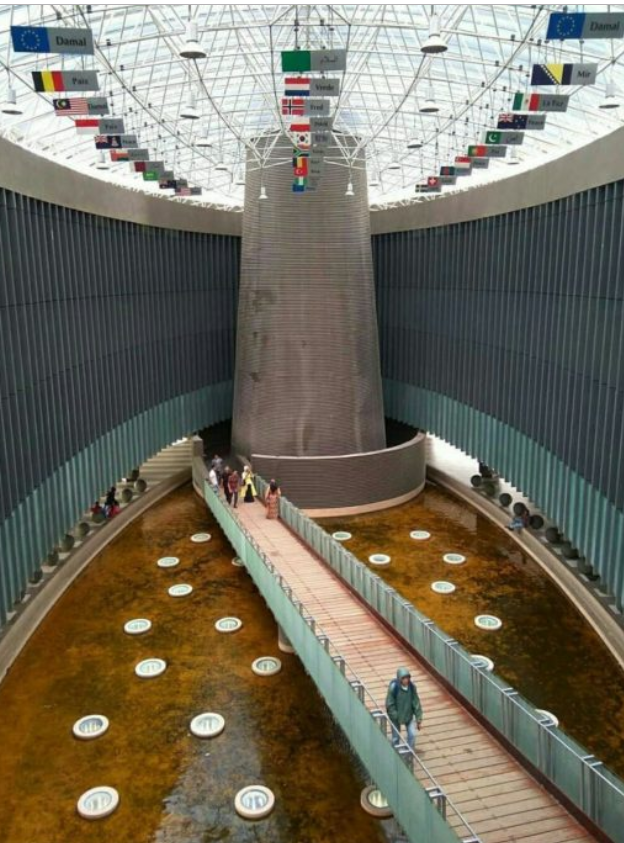
Inside the museum (photo: @travelingyuk)
Aceh Tsunami Museum
Aceh Tsunami Museum is a memorial monument of the biggest Tsunami calamity that happened in 2004. The museum was designed by a renowned Indonesian Architect, Ridwan Kamil. The museum is a center for education, exhibitions, disaster mitigation, and emergency shelter when a tsunami strikes.
Tourist Attractions in Aceh
Putro Phang Royal Garden
Putro Phang Royal Garden is an expression of love built during the era of
Aceh Gayo Premium Coffee Festival
Gayo Aceh Arabica coffee is the best premium organic coffee in the world, recognized by
Baiturrahman Historical Grand Mosque
The Grand Mosque of Aceh was built in 1612 during the reign of
Aceh Batik Motifs
Kerawang Tegak Aceh
The Vertical Upright (Kerawang Tegak) Motif symbolizes a person who has a strong
Discover
Indonesian
Batik
Motifs
Bomba Mawar
This motif means sacred love for family, kingdom, and God; It also illustrates
La Galigo
La Galigo is a literary work of the Buginese Epic that has 300 thousand epic lines. It is considered even
Mahkota Siger
Siger is the crown of a noblewoman in ancient time. It is a symbol of femininity, strength, and
Cengkeh
The clove flower motif is the main commodity of the Tolitoli Regency. This motif represents
Sido Mulyo
Sidomulyo is one of the classical motifs, which is specifically used for the bride’s costume in
Besurek Rembulan
This batik illustrates praise for God who created the wonderful universe
Gonggong Siput
Gonggong (Strombus Turturella) is one type of sea snail found around
Angsa Duo
According to legend, the Angso duo batik motif is a pair of swans that are believed to have led Princess
Tabir Tanjung
Tanjung flower is a type of Cherry tree flower, which is commonly found in
Sekomandi
Its philosophical meaning is the eternal union which refers to a saying “until death do us part”
Buketan Bali
The Balinese bouquet (Buketan Bali) is a floral arrangement and the name is
Tampuk Manggis Sasirangan
The motif illustrates the philosophy of the mangosteen fruit, which is
Awan Berarak
Awan Berarak is a combination of Dayak motifs and Malay patterns. The word ‘Awan Berarak’ means the
Pati-Pati Pinehiku
It symbolizes the hierarchy in society and the social status of the Mekongga
Leuit Sijimat
This motif reflects the daily activities of the Baduy tribe in Banten. The main ornaments of batik motif consist of:
Tongkonan
Toraja’s traditional house is called Tongkonan. Tongkonan is a place for
Bale Lumbu
This motif signifies the welfare of the ancient Sasak society. Bale also symbolizes the
Bekantan Pakis
This motif represents Pakis Haji (Polystichum setiferum), an endemic plant in
Jupri Kembang Teh
Kembang Teh illustrates the tendrils of tea plants that grow in the highlands of
Singayaksa
The Singayaksa motif comes from the name of a place where Sultan Hasanuddin used to
Gumin Tambun
Based on Hindu mythology, this motif symbolizes lucks, abundant wealth, and
Keluak Daun Pakis
The word “Keluak” is a Minang language which means twisted or tangled. The Motif of
Ake Patra
Ake is related to the divinity and the composition of the universe. It is a symbol of
Kasih Tak Sampai
‘Kasih Tak Sampai’ is an idiom in the Indonesian language which refers to
Daun Simpor
This motif is inspired by the Simpor plant (Dillenia Suffruticosa) which is a typical
Lipaq Sabe
Lipaq Saqbe contains a simple geometric classical motif with various flower decorations. This textile is
Karawo Mahkuta
Mahkuta refers to Gorontalo’s traditional crown. It represents noble characters of
Tengkawang Ampiek
With its many advantages, the Dayaks use this leaf in ritual ceremonies. This plant is a symbol of
Bultiya
The word ‘Bultiya’ is an acronym of the three major tribes in North Kalimantan, namely
Gentala Arasy
Built as high as 80 meters, the tower also highlights the historical side of
Gamolan
This motif illustrates Gamolan, a bamboo musical instrument of Lampung that is
Tifa Totobuang
The batik motifs illustrate Maluku’s traditional music instrument called
Paqbarre Allo
The word “Barre” means round and “Allo” means the sunlight. This motif is interpreted as
Sekar Jati
Sekar means flower and Jati refers to teak trees that symbolizes a strong mental character that
Kuda Kupang
Horses symbolize wealth. It contains noble values of virtuous characters that bring
Tikar Natuna
The Tikar Natuna motif is adapted from the traditional making of pandanus mats in
Pattimura
Pattimura is the name of an Indonesian hero who fought against colonialism in
Ukir Sentani
The Ukir motif is a batik motif that is inspired by various traditional Sentani wood carvings
Srimanganti
The name of the Srimanganti motif is derived from Palace’s hallway that connects to
Dayak Taghol
Dayak Taghol has a distinctive style of four curved lines and small dots. This motif represents
Hiu Taliyasan
Indonesia is also home to the world’s largest fish, the whale shark (Rhincodon typus). Hiu Taliyasan refers to
Karawo Pinang
Pinang refers to the Palm areca tree. This motif is considered as the original
Kaharingan
The Kaharingan or ‘tree of life’ based on the Dayak tribes’ belief system. This tree symbolizes
Jumputan Bintang
The word Jumputan means the tie-dye technique, while the word “Bintang” refers to
Kain Cual
Cual textile tradition has existed since the 17th century. The word “Cual” refers to
Tenun Bima
The motifs are adopted from Bima woven textile. This pattern has received a great
Gajah Way Kambas
The motif illustrates the Lampung’s natural reserve, the Way Kambas. it also symbolizes
Pohon Hayat (Tree of Life)
The Batik motifs in Lampung are dominated by the acculturation of Buddhist and
Merak Ngeram
The hatching peacock motif has a very deep meaning which refers to the sacrifice and
Dayak Kamang
Kamang motif is generally found in the Dayak tribe shield because it is believed to
Wakatobi
It symbolizes the coastal beauty of the Wakatobi island and the symbol of Patra symbolizes
Raja Ampat
Raja Ampat motif represents the marine life at Raja Ampat archipelago in
Durian Pecah
Broken Durian motifs depict the foundation of faith. The second half signifies the mastery of
Malinau Cultural Festival
You will witness a unique competition that might not be found other than in
Teguh Bersatu
This batik motif shows the strength of the people of Kupang. It also represents a sense of
Lok Baintan Floating Market
As you can imagine, the most authentic thing is that you can buy things and even
Kawung
The Kawung motif was created by Sultan Agung Hanyokrokusumo (1593 – 1645) as a symbolic gift for
Gonggong Beruntun
This motif illustrates that a person should maintain a positive attitude and
Pala Salawaku
This motif illustrates the unique weapons of the Maluku region, namely
Salakanagara
Salakanagara batik motif illustrates the first kingdom in the Betawi land
Gigi Haruan Lidi
The Gigi Haruan Lidi motif is taken from the name of the cork fish and is a symbol of
Taiganja
Taiganja is a precious gold pendant that shows the social status of the Kaili family. It is
Parang Seling
Parang Seling or “alternating daggers” is a royal batik motif. It is a feminine variant of
Lontara
The Lontara script itself is a typical ancient script of Bugis and Makassar communities. History records that
Honai
The Honai is inspired by the traditional house of the Papuan community living in
Kaganga Tanah Rejang
If Batik Besurek combines Arabic calligraphy motifs, then the Kaganga batik takes
Tangerang Herang
Tangerang Herang motif is a symbol of Tangerang city. The Tangerang Herang batik motif consists of
Pinawetengan
The Pinawetengan Batik pattern was taken from a prehistoric inscription in
Insang Ikan
Insang refers to the gills of the fish. This is a typical pattern of Malay ethnic who inhabits
Sandeq
Sandeq Boat is a symbol of the maritime importance of the West Sulawesi region. The greatness of
Gurdo Solo
Gurdo or garuda bird is the mount of the Indian god Vishnu. As the Sun Bird,
Kerawang Tegak Aceh
The Vertical Upright (Kerawang Tegak) Motif symbolizes a person who has a strong
